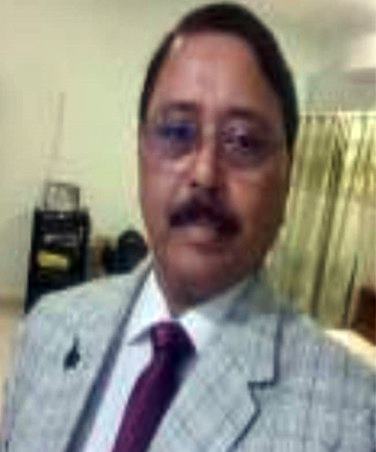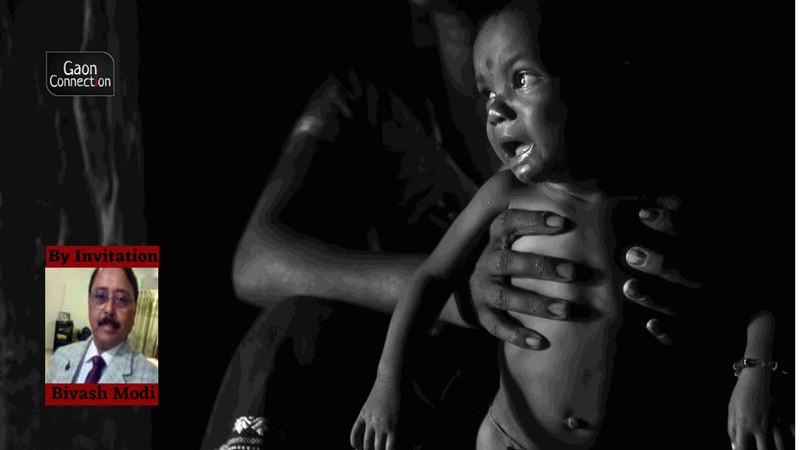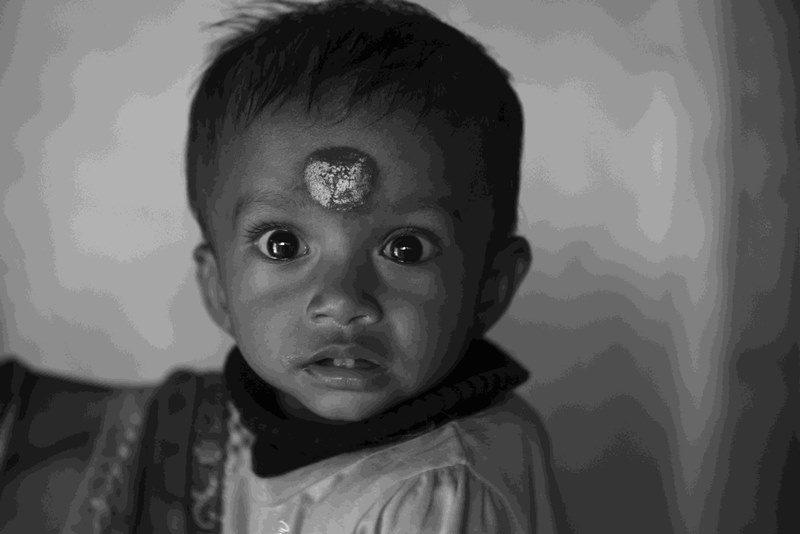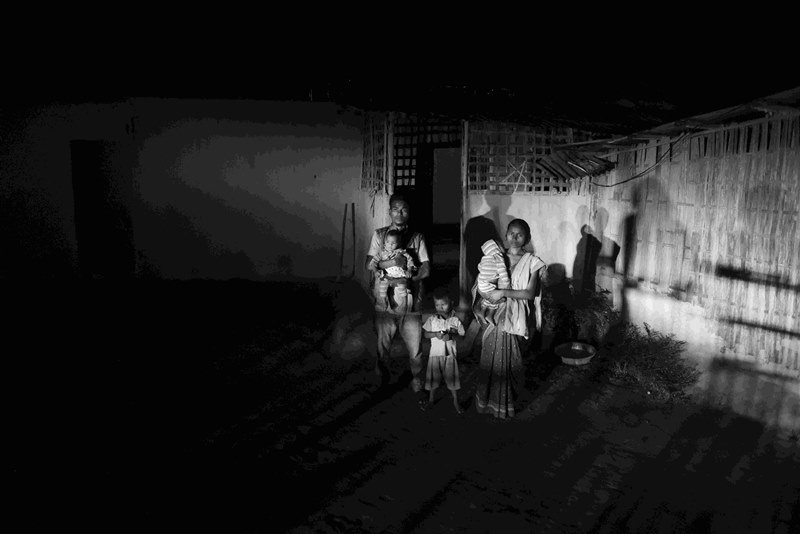POSHAN on wheels, nutri-kits and mobile anganwadis to tackle malnutrition in Assam
The recently released National Family and Health Survey 2019-20 shows an increase in ‘wasted’ children in Assam who have low weight for height. The state government has adopted various initiatives and strategies to tackle child malnutrition by providing funds and bringing together various stakeholders.


The National Family and Health Survey, 2019-20 showed an increase in wasting percentage in Assam state. All photos: Sudharak Olwe, Assam.
A child’s survival, growth and development depends on the quality of care and nutrition the child receives. Therefore, good nutrition is a non-negotiable element for all children. Nutrition is the base of human development. It is one of the principal progress indicators of the Sustainable Development Goals (SDGs). To bring about a concerted effort for reducing malnutrition, the United Nations declared 2016-25 as the Decade of Action on Nutrition. The UN Sustainable Development Goals (SDGs) also set targets with the aim of eliminating malnutrition in all its forms by 2030.
The recently released National Family and Health Survey, (NFHS-5), 2019-20 showed an increase in wasting percentage in Assam state. Of particular concern is that NFHS-5 data is pre-COVID-19 and an increase in severe wasting is expected post COVID-19, due to steep decline in livelihoods, household incomes, changes in the availability and affordability of nutritious foods, and interruption in continuity, coverage, intensity and quality of essential nutrition service delivery due to the pandemic.

The state of Assam emphasised on strengthening screening, prevention and care for children with severe acute malnutrition (SAM) before and during POSHAN Maah 2021. Some of the highlights of innovative initiatives by the Assam state during POSHAN Maah 2021 are as follows:
- Distribution of nutri-kits: Distributing information on infant feeding practices, complementary foods and cooking demonstration booklets.
- POSHAN on Wheels: Three custom modified buses travelled across districts reaching each and every Integrated Child Development Scheme (ICDS) project spreading awareness on the ICDS services and importance of nutrition in the community. The buses had nutrition information/communication materials, growth monitoring devices fitted into it along with LED monitors displaying short movies on nutrition interventions for different age groups.
- Mobile Anganwadi Centers: Ten custom made mobile anganwadi centres travelled to 10 hard-to-reach districts delivering ICDS services right to the people’s doorsteps especially in the tea gardens.
- SAM Children Adoption: To build the momentum and community participation, SAM children are being adopted by department officials and house-to-house counselling for families are being carried out across the state.
Also Read: Severely malnourished under-5 children consumed by hunger in the pandemic

To intensify the efforts on curbing malnutrition among children especially with severe acute malnutrition, the state adopted four strategies leveraging alternative service delivery platforms and innovative mechanisms:
Strategy 1: A state-wide approach to screen and prevent malnutrition
The strategy involves training on Maternal Infant Young Child Nutrition (MIYCN) and Community based Management of Severe Acute Malnutrition (CMAM). Simultaneously, to simplify the steps for anganwadi workers across the state, a package of six services are prioritised namely additional dry ration, weekly home visits by anganwadi workers and telephonic follow-up, deworming and micronutrient supplementation (Iron folic acid, Vitamin A, and Zinc), administration of antibiotics and fortnightly health check-up by ANM/ASHA and follow-up until recovery and beyond.
Strategy 2: – Ensure last mile service delivery through alternative platforms
For ensuring efficient last mile delivery of the services, the state issued directives to the districts for adoption of alternative service delivery platforms. August 2021 was celebrated as Intensive Growth Monitoring Month across the state and funds were disbursed to 16 districts with high prevalence of severe wasting for community mobilisation, refresher training, programme monitoring, reviews, etc. Also, funds were disbursed to another 14 districts for promotion of complementary feeding and Early Child Development interventions.
Strategy 3: – Introduce remote supportive supervision and light reporting mechanisms
The Social Welfare Department in coordination with UNICEF Assam, Assam Medical College and Hospital Dibrugarh, and Nutrition and Community Action Research Centre, Tezpur University, launched a telephonic sensitisation and supportive supervision mechanism to reach out to child development project officers, and supervisors. For the sensitisation programmes a state level team of ‘Mentors for Nutrition’ was constituted.
Strategy 4: – Collaborate with National Health Mission, Assam for strengthened linkages between community level screening campaigns and ensure admission to NRCs
Also Read: What is the cost of childhood wasting and severe acute malnutrition in India?

The Social Welfare Department along with the National Health Mission conducted intensive screening and referral of SAM children with medical complications, and achieved a Nutrition Rehabilitation Centre bed occupancy rate of 68 per cent. At the district level, joint reviews were organised for sustaining the results. Also biannual sub-centre level convergent screening campaigns were planned from September 2021 onwards by NHM, Assam, in collaboration with the department of Social Welfare.
For continuation and sustainability of the efforts towards curing malnutrition especially severe acute malnutrition, and leveraging community based approach, the state will be emphasising on strengthening monitoring system, comprehensive planning on prevention and care for children in all districts, by providing funds and bringing together stakeholders e.g. government departments as well as partner organisations.
The author, Bivash Modi, is mission director/ state project director POSHAN Abhiyaan, government of Assam.
Views are personal.

